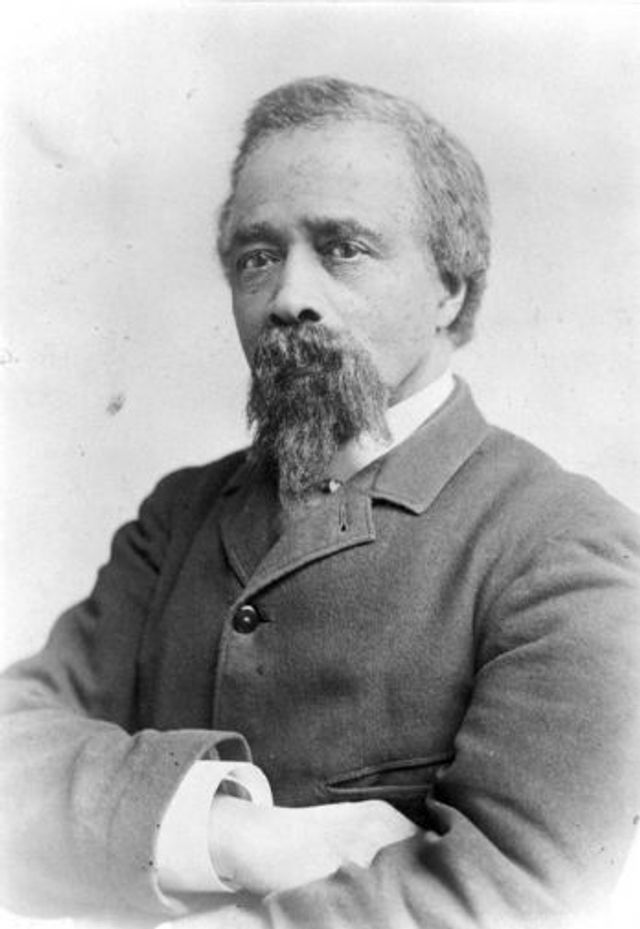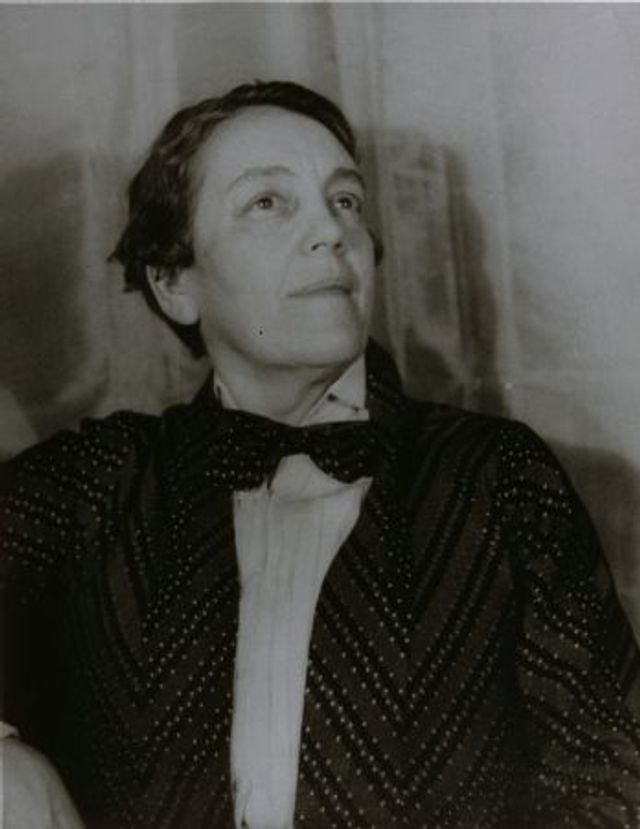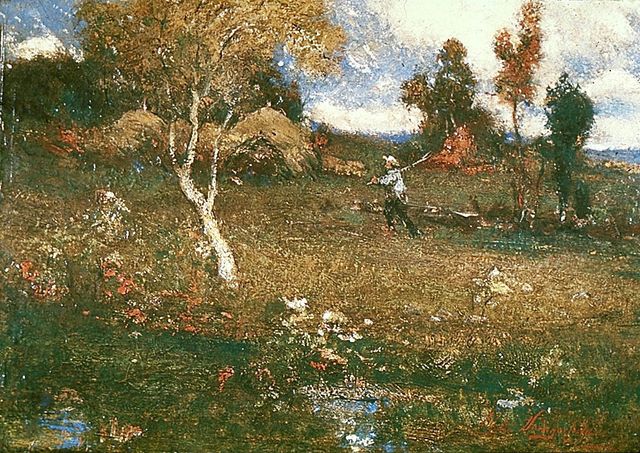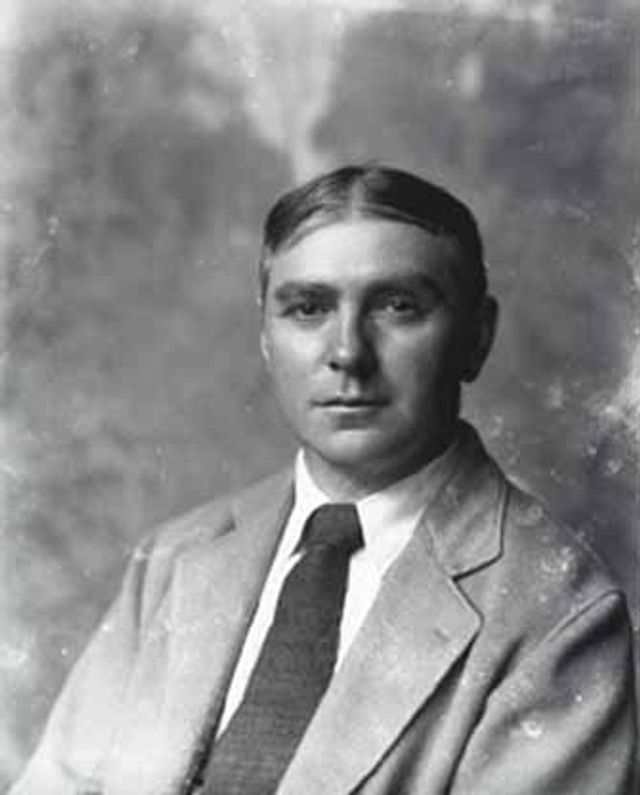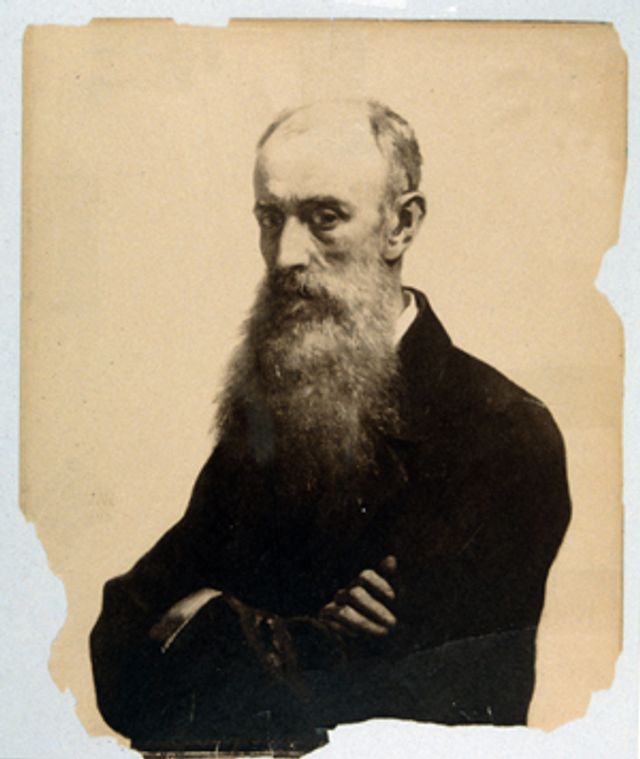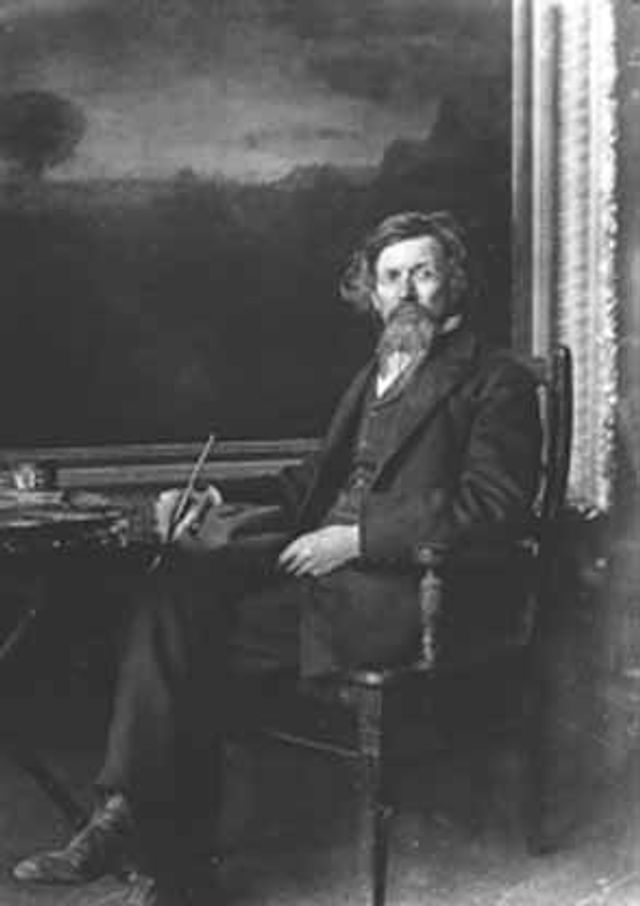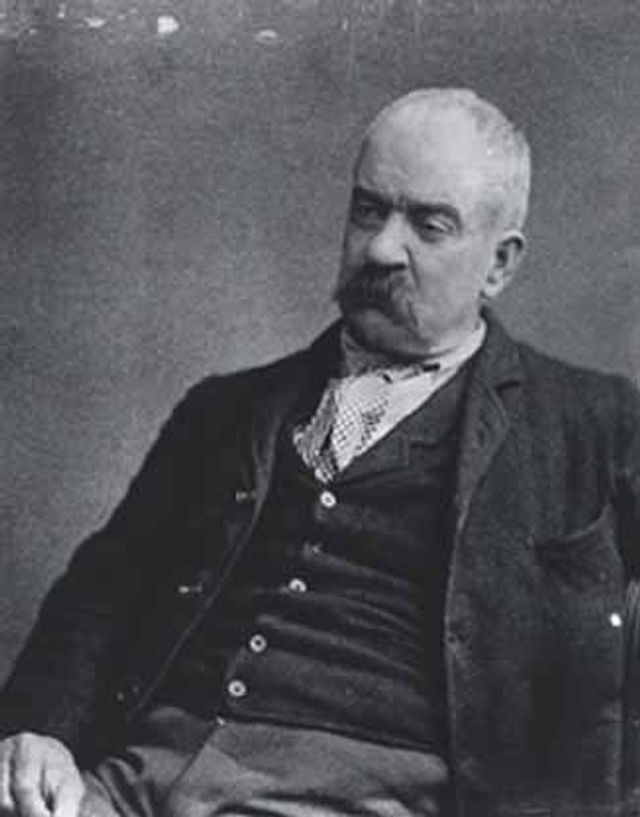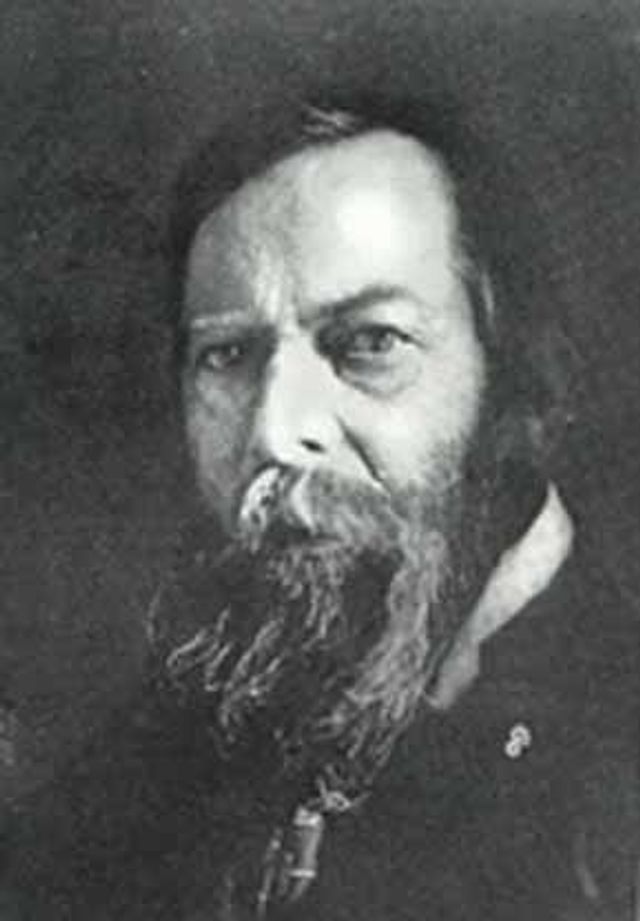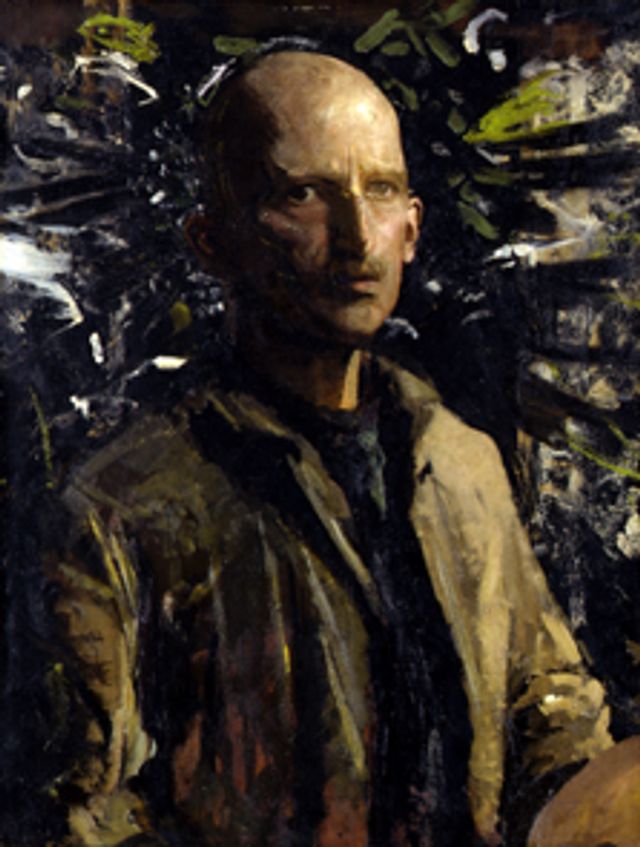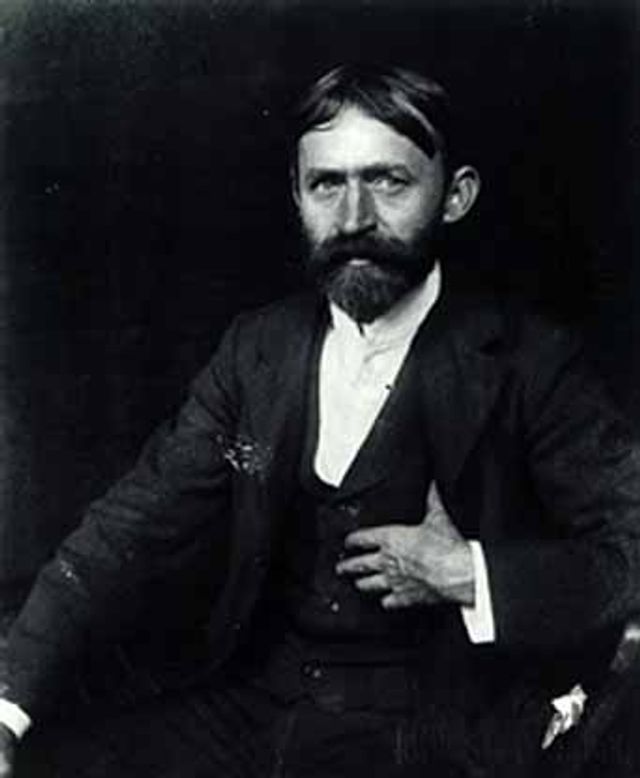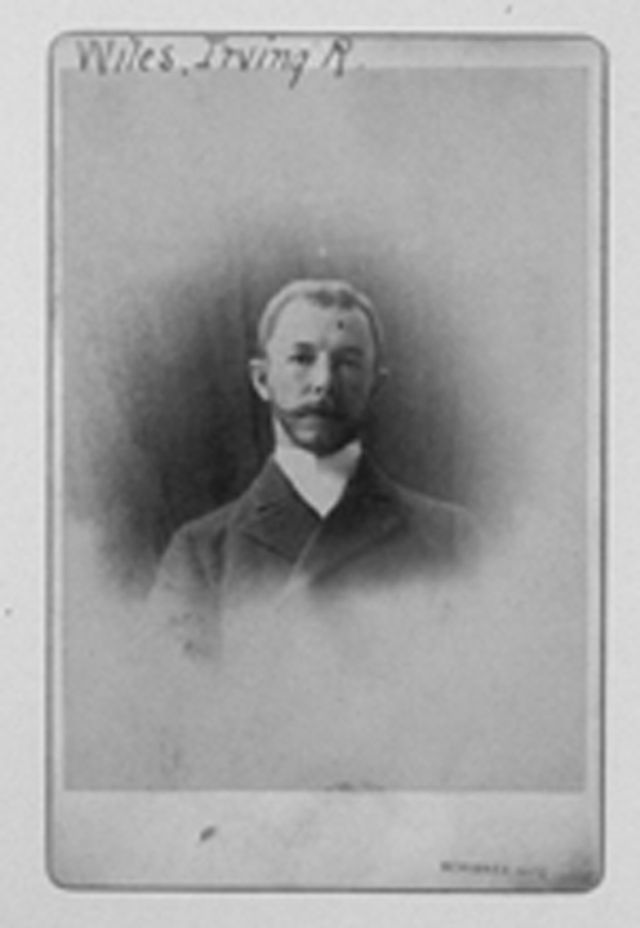Grand Salon Installation-Paintings from the Smithsonian American Art Museum
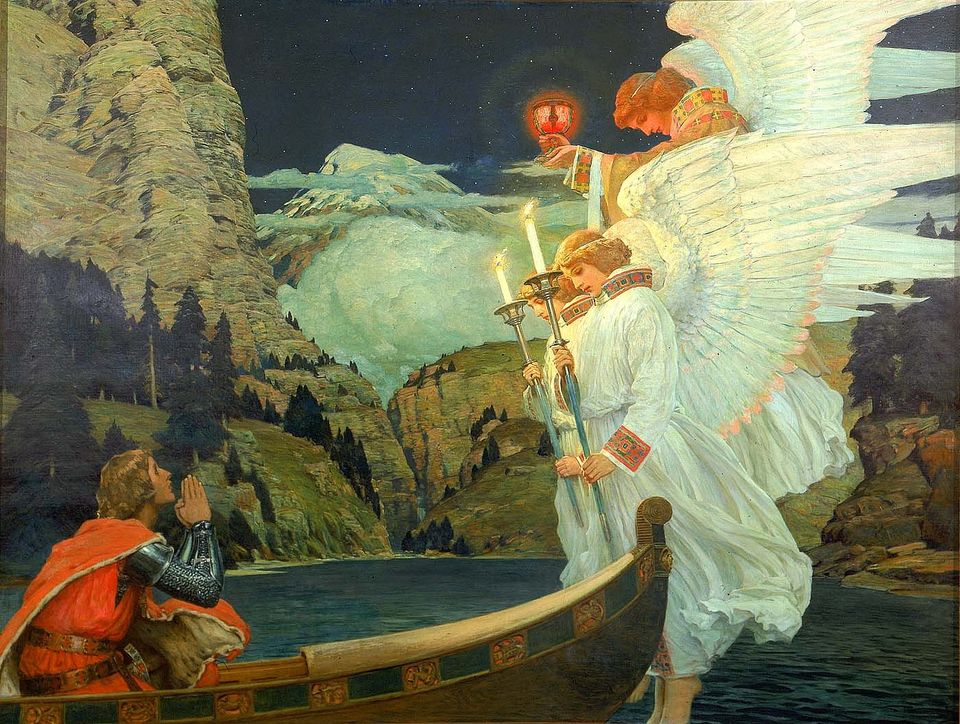
Frederick J. Waugh, The Knight of the Holy Grail, ca. 1912
This installation in the Renwick Gallery’s Grand Salon displays seventy paintings from the Smithsonian American Art Museum’s collection, including landscapes, portraits, and allegorical works by fifty-one American artists from the 1840s to the 1930s.
Description
Artists whose works are featured include Edward Mitchell Bannister, Romaine Brooks, Elliott Daingerfield, Daniel Garber, William Morris Hunt, George Inness, Homer Dodge Martin, Albert Pinkham Ryder, Abbott Handerson Thayer, John Henry Twachtman, and Irving R. Wiles. The room is installed salon style, with paintings hung one-atop-another and side by side.
Visiting Information
Artists
Bannister created a sensation when one of his paintings won first prize at the Philadelphia Centennial Exposition in 1876. He was also a respected and knowledgeable art critic.
Romaine Brooks, the daughter of a wealthy, unbalanced woman estranged from her husband before Romaine's birth, had a miserable and unstable childhood.
Daingerfield grew up in Fayetteville, North Carolina, where his family moved when he was two years old. In 1880 he went to New York, where he studied briefly with Walter Satterlee and exhibited for the first time at the National Academy of Design.
Garber was long associated with the Pennsylvania Academy of Fine Arts, first as a student, then as an instructor.
Hunt was the son of a Vermont congressman. He learned to draw at an early age, his first teacher being an Italian artist named Gambadella.
Landscape painter, largely self-taught. Inness absorbed influences of the Barbizon and Hudson River Schools.
Painter. Martin's poetic, dreamy landscapes, painted from memory, are most closely associated with the Barbizon School. Harp of the Winds (1895) is a well known work.
Painter. Themes of nature, literature and religion dominate his visionary, romantic and highly imaginative paintings. The Race Track (Death on a Pale Horse) (ca.
Painter, best known for his idealistic and allegorical paintings of women as angels and madonnas.
Painter, founding member of The Ten. He studied with Frank Duveneck, and his early canvases reflected the influence of the Munich Academy.
In his heyday—the first quarter of the twentieth century—Irving Wiles was one of the most successful portrait painters in the United States.














